Join the VIP Teacher Club!
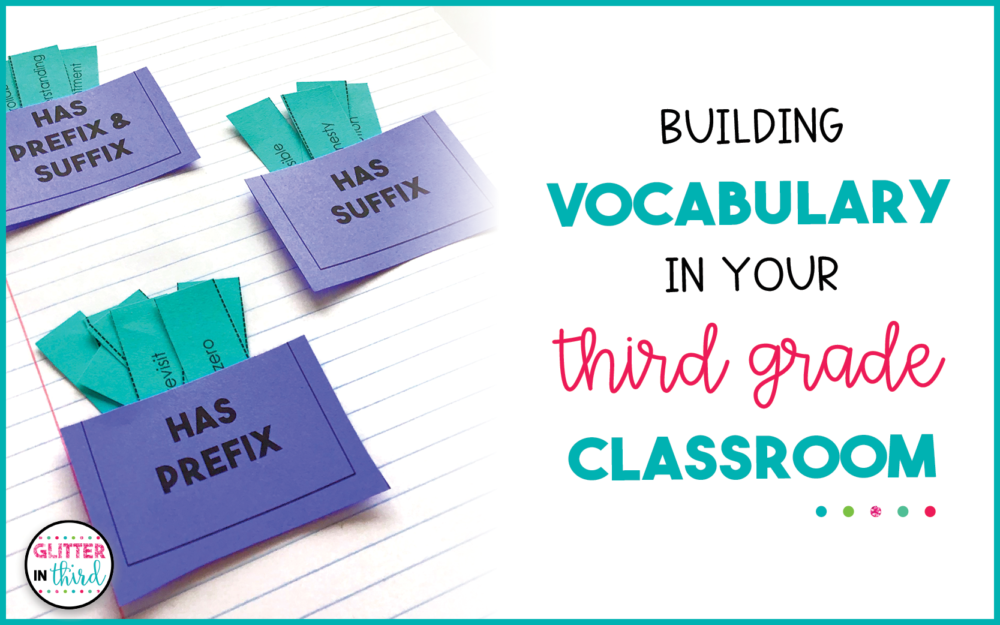
Grappling with building vocabulary activities? We focus on helping our students make inferences, predictions, and how to foreshadow. We ask them to read fiction and non-fiction. We teach phonics, fluency, and comprehension like our lives depend on it. All of this sounds great (and really, it is!), but too many times we forget the simple stuff – actually building vocabulary.
I have always found the vocabulary to be super interesting. I’ve read studies that connect building vocabulary to improved test scores and overall intelligence. I’ve even seen some that go as far as concluding that a larger vocabulary leads to more success in life – not sure if I’m totally convinced of that yet. 🙂
In the grand scheme of things, I think it’s safe to say that we have become accustomed to teaching reading before teaching vocabulary. I really believe in order to help our students become better readers, we MUST help them build vocabulary along the way!
I have a few tips and resources I would love to share with you to help make this daunting task a little easier. Resources that include working with and learning how to dissect root words, prefixes, and suffixes – all skills involved with building vocabulary activities!
Here we go!
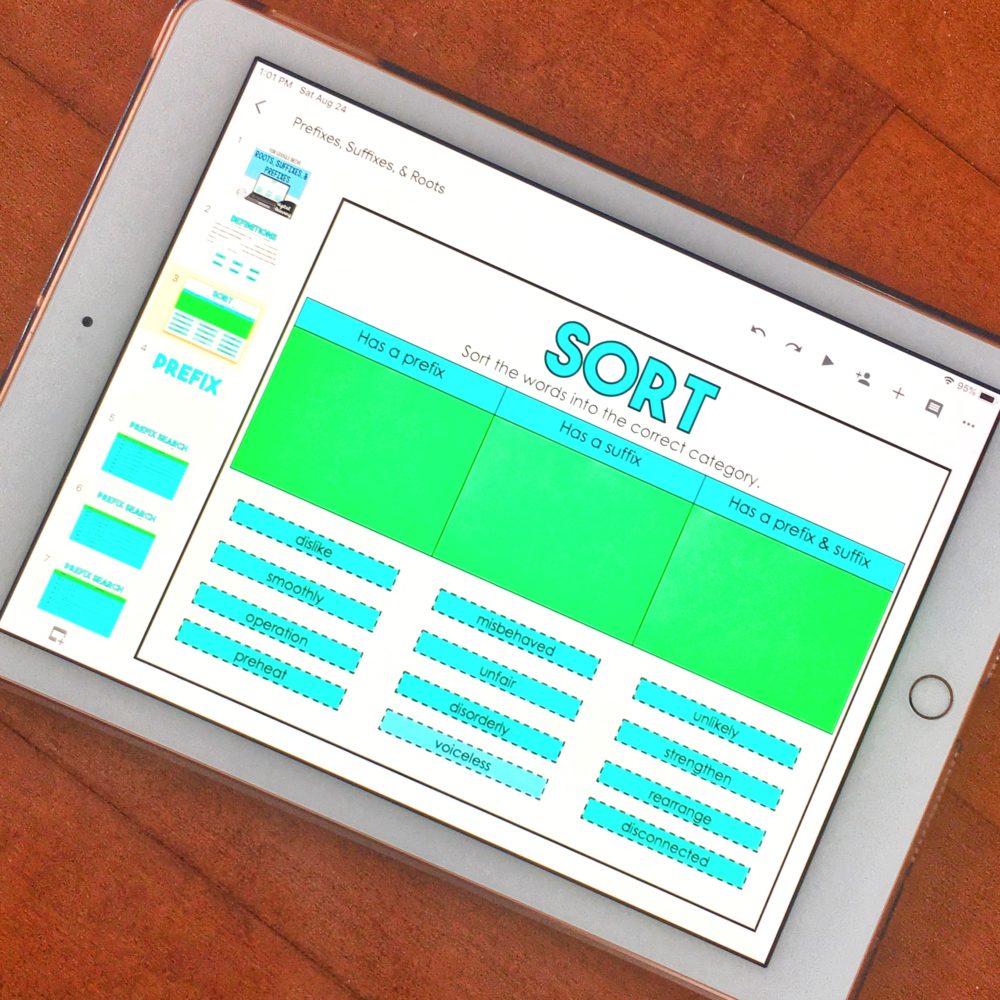
One of the very first steps to building vocabulary is to dissect words.
Of course we first have to teach what roots, prefixes, and suffixes actually are (if you don’t they may think you’re creating your own language!), but just getting students to recognize them in words and throughout their reading is a huge step!
This Google Classroom resource is super for practicing identifying those morphemes!
It offers definition practice of roots, prefixes, and suffixes, dictionary research, sorting words that either have a prefix or suffix, as well as a website to help find the meaning of those roots, prefixes, and suffixes they find!
I’ve also included short reading passages throughout the Google Slides that will allow your students to practice identifying all of those morphemes while reading. I love this part, especially, because it really proves to students just how much we come across them in our daily lives and how learning more about them will improve their comprehension!
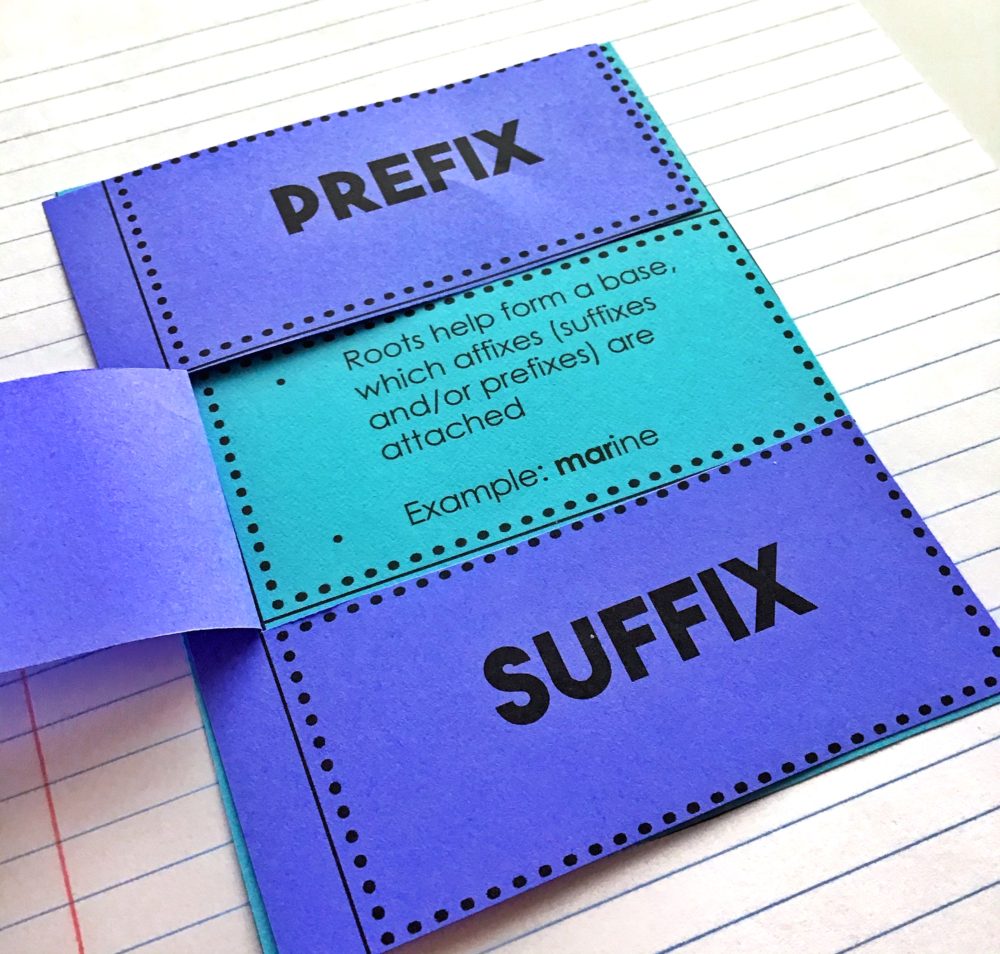
If you have a preference for paper over digital, I still have you covered!
Similar to the Google Classroom option, this interactive notebook also focuses on identifying roots, prefixes, and suffixes by sorting given words.
It really focuses on understanding the meaning of the roots, prefixes, and suffixes which is essential to building vocabulary.
Are you one of those teachers who fall into the category of needing an idea for how to incorporate dictionary use? Seriously, it can be tough to find an activity that keeps 3rd graders engaged with a dictionary. This resource has that pesky Common Core standard covered! I have included a labeling activity that includes labeling the parts of a dictionary page – definition, entry word, guide word, part of speech, and also pronunciation!
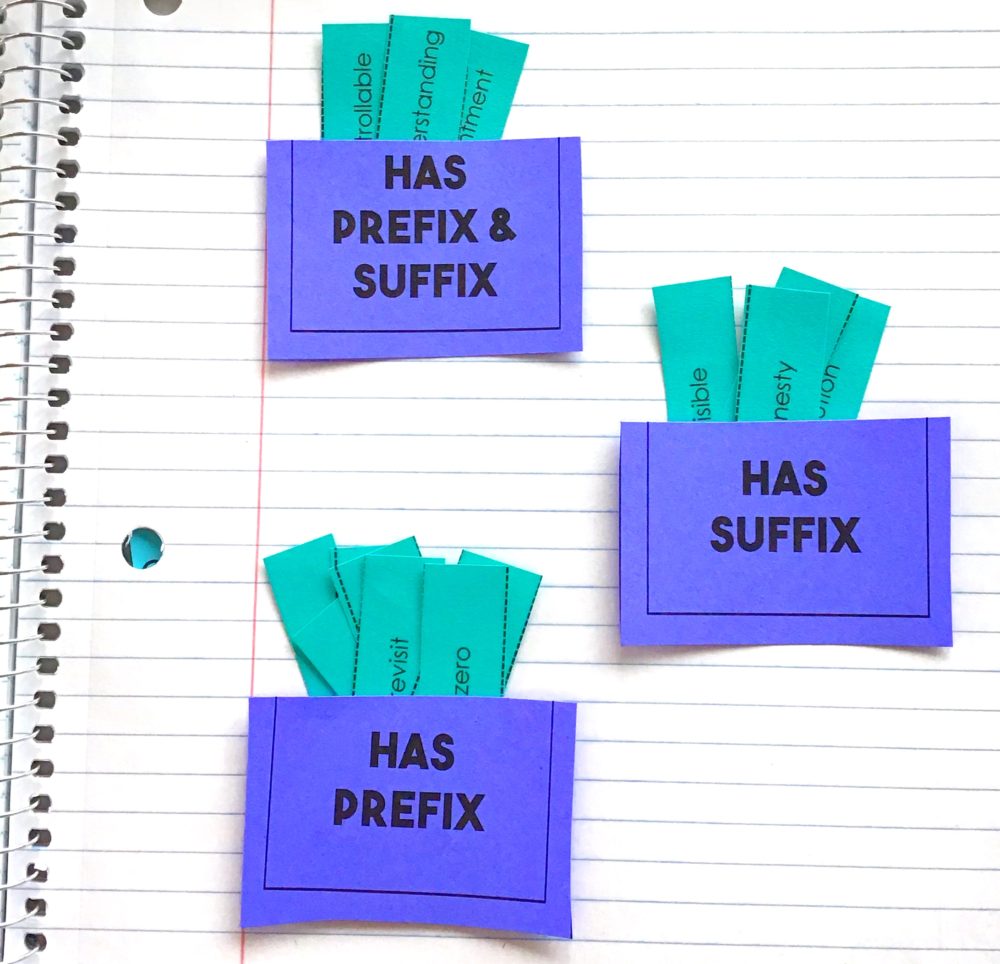
If you prefer digital over paper, this resource can still be converted to an interactive version that students can complete on any device. The content is different from the Google Classroom resource if you’d love to have both options!
You can read more about this product here.
Haven’t tried out a Glitter in Third Google Slides product before for reading?
I have some FREE digital graphic organizers for you.
Fill out the information below to get them sent to your inbox!

I cannot be more excited to share this resource than what I am for building vocabulary!
This morphology notebook contains 13 weeks of materials – 4 activities and 1 assessment each week.
There are 26 different morphemes addressed as well as a schedule and instructions throughout the week for how to implement each activity.
This resource is perfect for any individual work time for your students.
They’ll get to practice more dictionary use, illustration examples to help build deeper connections with root words, prefixes, and suffixes, and more sorting opportunities to help with identification.
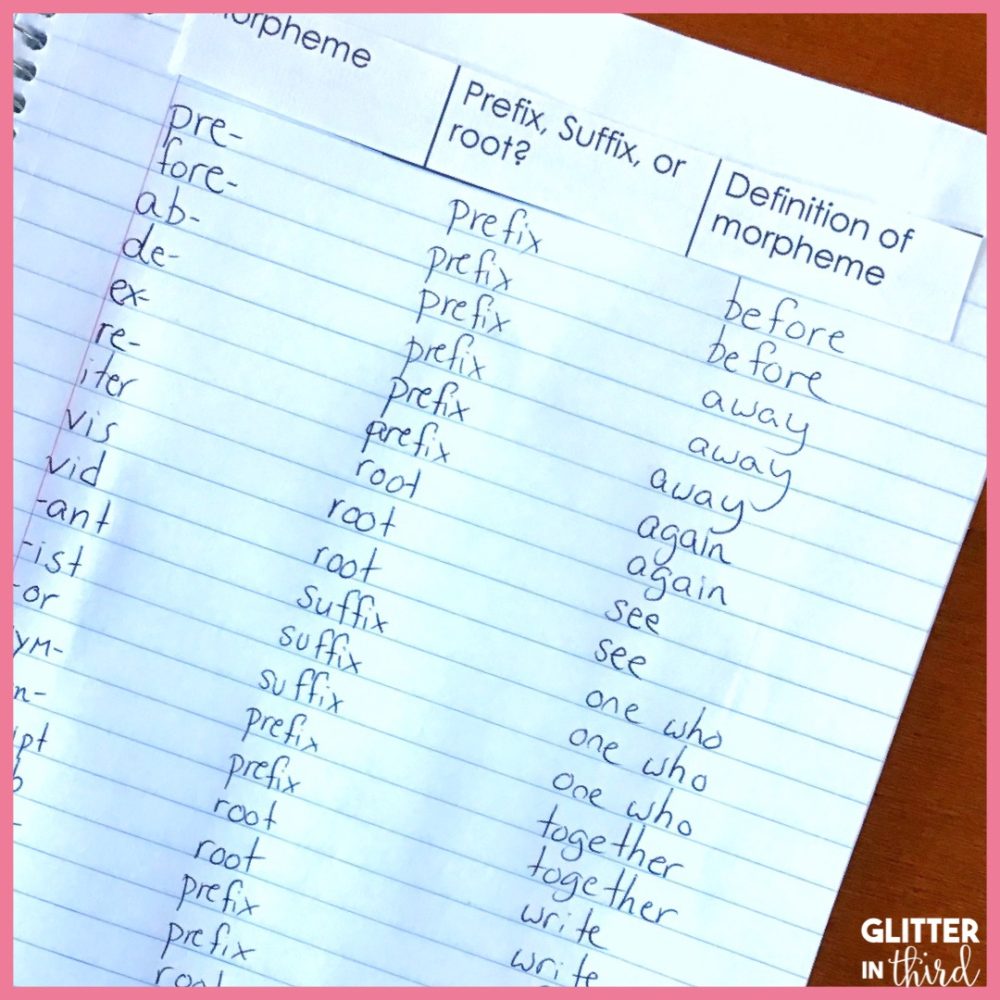
13 weeks of practice is for sure going to build vocabulary! 🙂
Psst – if you need more dictionary activities, make sure to read the post here.
You can read even more about this activity in a previous blog post- click here to read.
The more and more you allow your students time to practice identifying roots, prefixes, and suffixes, the more and more they will recognize, understand, and build vocabulary.
One of the simplest ways you can do this is by really helping your students focus on using context clues while reading.
If a student comes across a word they don’t recognize, take them through a process of dissecting the word.
Every process is going to look different in each classroom, but it may be helpful to create a visual for students to utilize when they get “stuck” on a word.
Here’s an example of some questions/prompts to encourage them with:
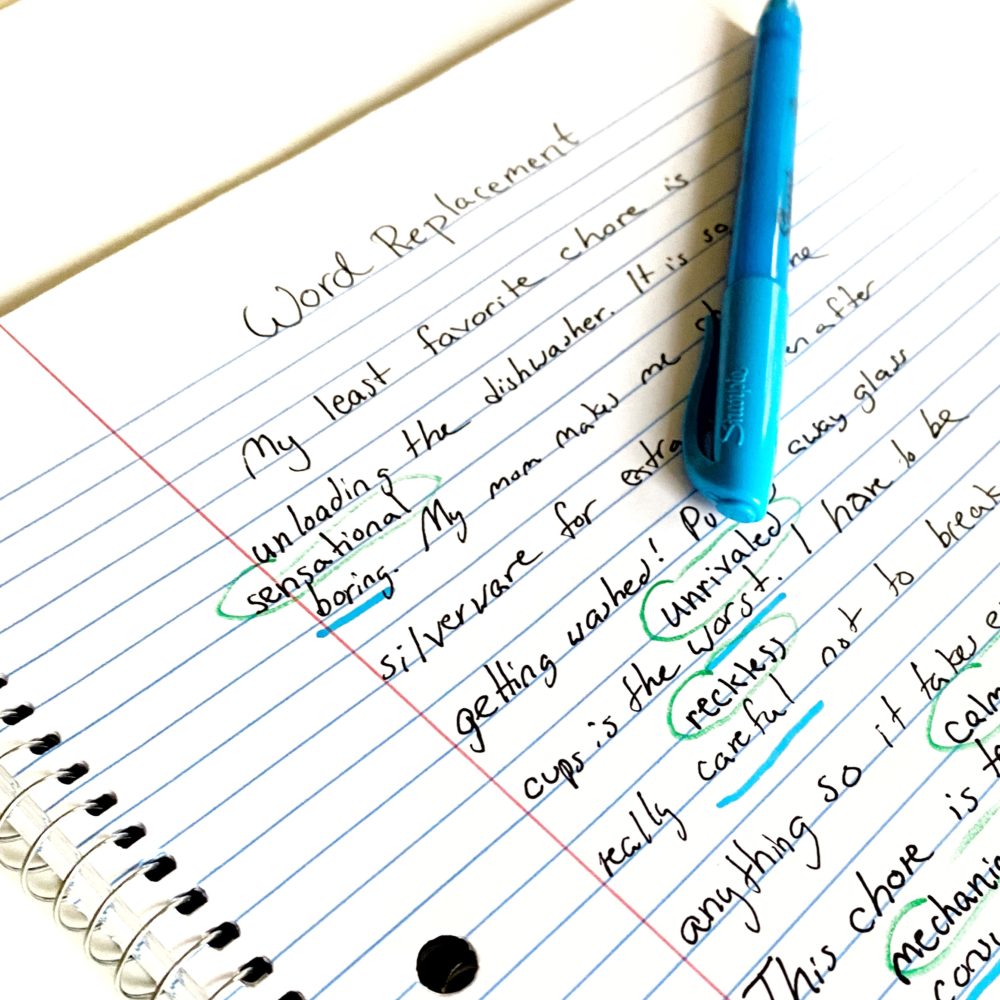
Another simple way to build vocabulary is to incorporate synonyms and antonyms.
A fun activity for doing this is word replacement.
You can use any topic you’d like to for your kids to write about.
A fun one to start with could be to have your students write about their least favorite chore to do and why they don’t like doing it.
You’ll find kids are pretty passionate about writing about chores they despise!
After they’ve finished their writing, have them go back and underline all of the descriptive words they used about their chore. For example – time-consuming, terrible, smelly, boring, etc. Once they have those identified, use a thesaurus to find antonyms for those descriptive words and replace them.
A sentence that may have read, “Taking out the trash is bad.” Now may read, “Taking out the trash is marvelous.” You can always encourage your students to read their paragraphs after finishing. I can imagine you’ll get some giggles, but little do they know they’re building vocabulary along the way. 🙂
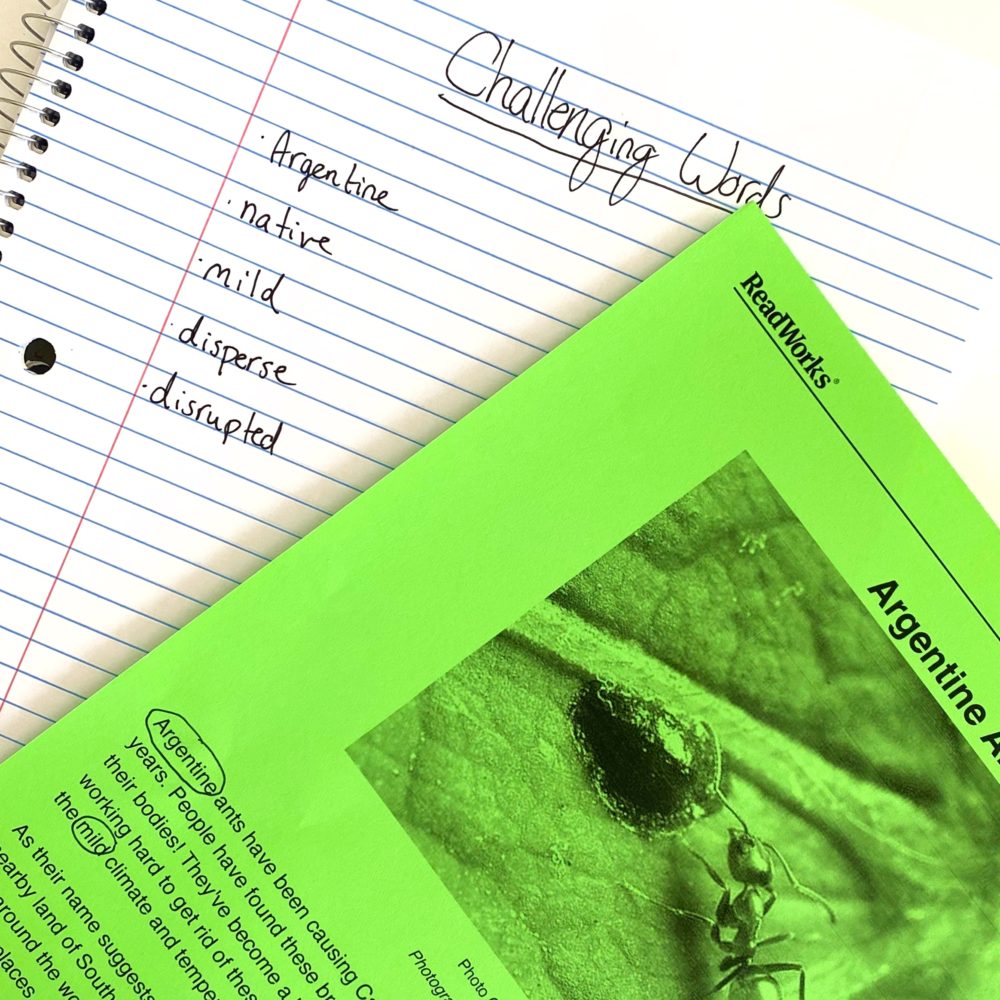
2 minds are greater than 1 – especially when it comes to vocabulary! Give students a short passage to read and have each student read through it once individually. I personally love using ReadWorks to find passages (it is free with a teacher email!).
While doing so, have them write down or underline any challenging words they find along the way.
Once they’re finished reading, encourage them to discuss with their partners what words they recorded and have them go through that process that I mentioned on how to dissect words.
I love this activity because it’s so easy to differentiate. Not every pair needs the same passage. Some can be more challenging or simple! Peer collaboration is an amazing way to build vocabulary, as well as speaking and listening skills.
I can’t wait for you to try out any or all of these activities! Building vocabulary is something I am so passionate about and know that it will make your students even greater readers! What is your favorite way to help your students build vocabulary?
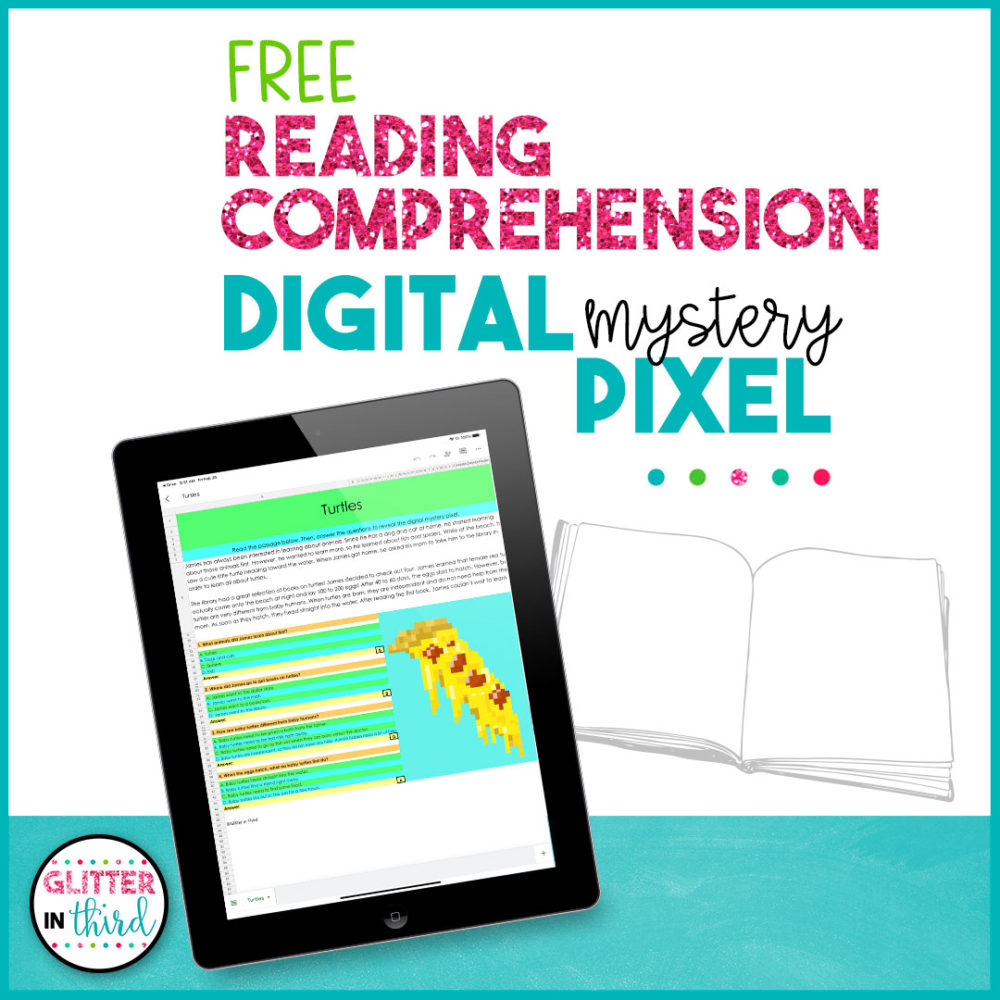
Make sure to sign up below to get a FREE reading comprehension digital mystery pixel sent right to your inbox!
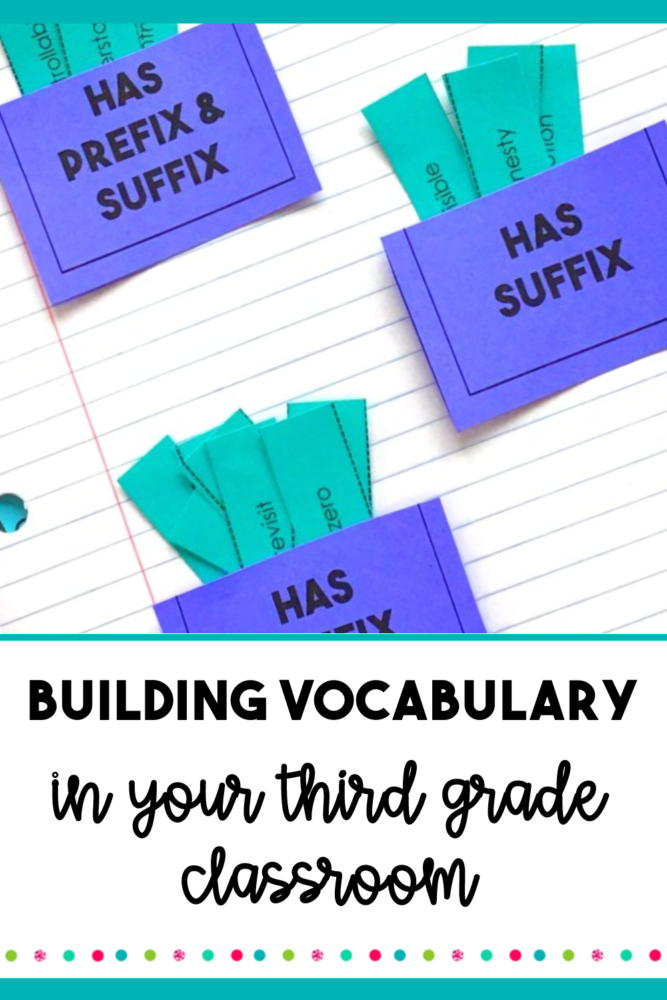

Hey there, I’m Kelly! I I love helping teachers save time with technology and resources so they have more hours in the day to spend with family and friends. Take a look around to find new ideas that you can implement in your classroom today!